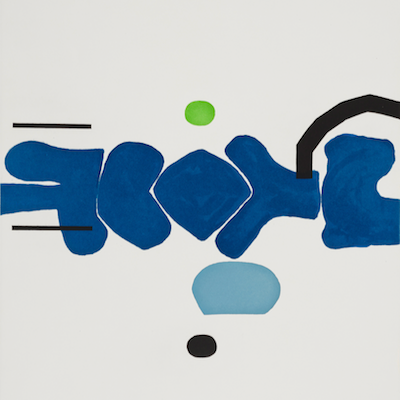
Details
Artist
Styles
// Kaldor by Victor Vasarely, created in 1980, is a captivating silkscreen print that exemplifies his iconic use of geometric shapes to manipulate spatial perception. This limited edition piece, produced in an edition of 250, portrays a three-dimensional cube-like space formed by a grid of brightly colored squares. Each wall, floor, and ceiling panel is composed of squares in varying shades of green, orange, yellow, pink, and red, converging toward a luminous focal point in the center of the back wall. This arrangement creates an optical illusion of depth, drawing the viewer’s gaze inward, as if peering into a vibrant, multi-dimensional chamber. Vasarely’s precise color choices and symmetrical design enhance the sense of movement and immersion, inviting viewers to explore the complex interplay between two-dimensional art and perceived three-dimensionality. Kaldor is a striking example of Vasarely’s mastery in Op Art, transforming flat surfaces into dynamic visual environments.
Kaldor, 1980
form
Medium
Size
86.4 x 76.2 cm
- Inches
- Centimeters
Edition
Price
- USD
- EUR
- GBP
Details
Artist
Styles
// Kaldor by Victor Vasarely, created in 1980, is a captivating silkscreen print that exemplifies his iconic use of geometric shapes to manipulate spatial perception. This limited edition piece, produced in an edition of 250, portrays a three-dimensional cube-like space formed by a grid of brightly colored squares. Each wall, floor, and ceiling panel is composed of squares in varying shades of green, orange, yellow, pink, and red, converging toward a luminous focal point in the center of the back wall. This arrangement creates an optical illusion of depth, drawing the viewer’s gaze inward, as if peering into a vibrant, multi-dimensional chamber. Vasarely’s precise color choices and symmetrical design enhance the sense of movement and immersion, inviting viewers to explore the complex interplay between two-dimensional art and perceived three-dimensionality. Kaldor is a striking example of Vasarely’s mastery in Op Art, transforming flat surfaces into dynamic visual environments.
- Recently Added
- Price (low-high )
- Price (high-low )
- Year (low-high )
- Year (high-low )
What is constructivism?
Constructivism is an architectural and artistic philosophy of Russian origin that emerged as a rejection of the idea of autonomous art. The movement advocated for art to serve practical social purposes. Since its inception in 1919, Constructivism has evolved and significantly impacted 20th-century art movements, influencing major trends such as De Stijl and Bauhaus.






































































